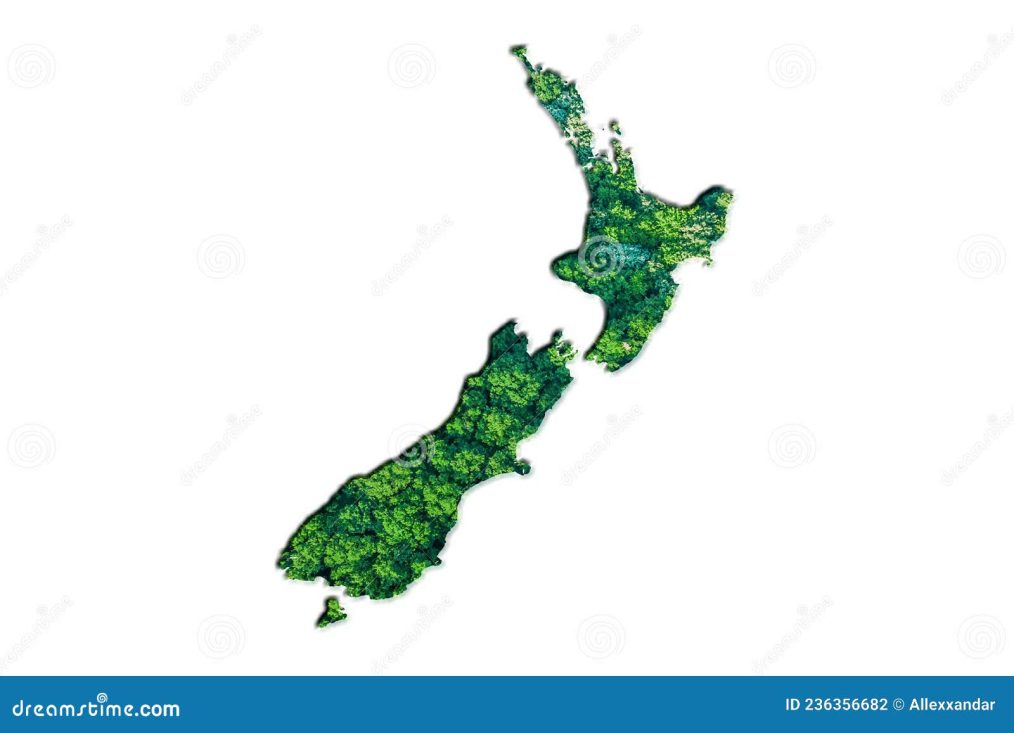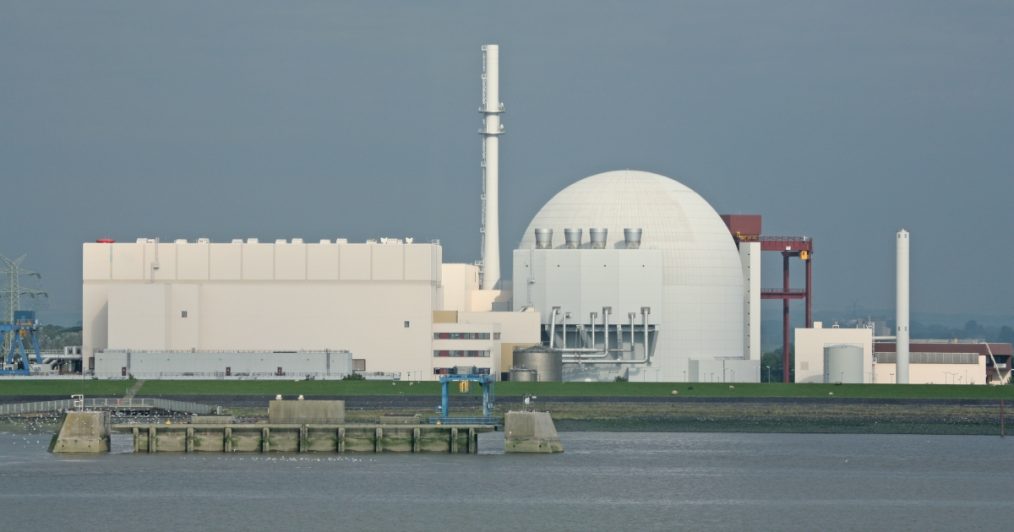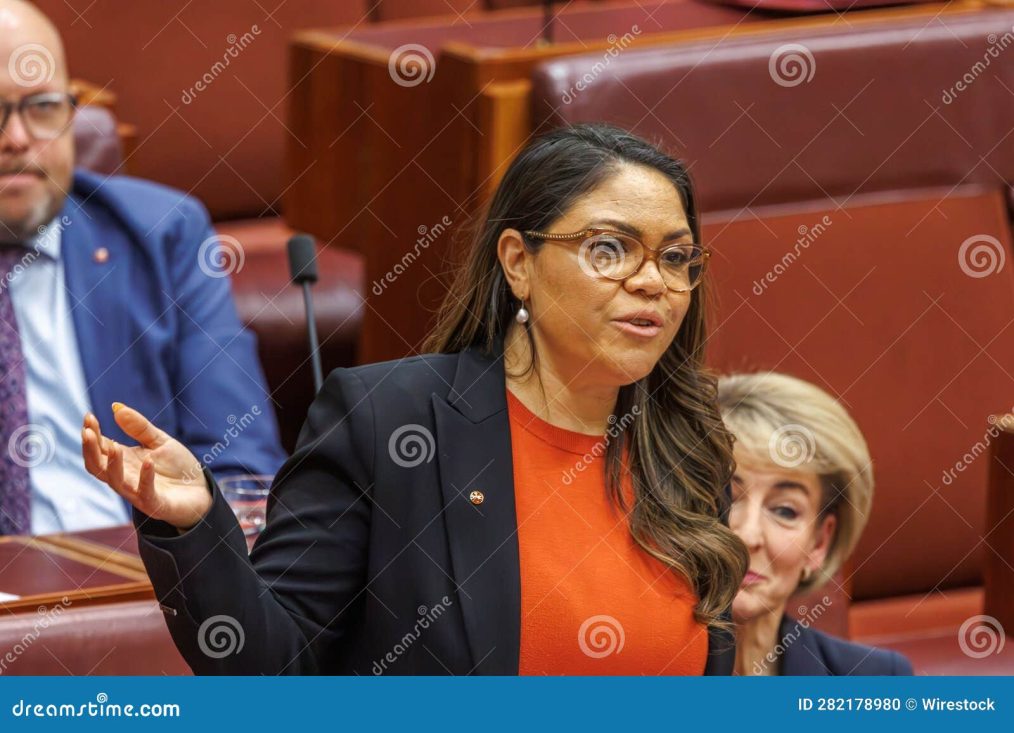ED: Just sharing the knowledge we learnt here in New Zealand
- Settlement by Humans:
New Zealand was one of the last major landmasses on Earth to be settled by humans. The first settlers were the Polynesian people, who arrived around 1,000 years ago, likely from East Polynesia. These early settlers are the ancestors of the Māori people, who developed a unique culture and society deeply connected to the land and sea. - Snake-Free Haven:
New Zealand is one of the few countries in the world where there are no native or wild snakes. This makes it an ideal destination for those with a fear of reptiles. The country’s strict biosecurity laws help maintain this snake-free status, protecting the ecosystem from invasive species. - Diverse Wildlife:
New Zealand’s isolation has led to the evolution of a unique range of wildlife. The kiwi bird, a flightless bird with a long beak and a keen sense of smell, is one of the most famous species. Other unique creatures include the kakapo (a nocturnal, flightless parrot) and the tuatara, a reptile often called a “living fossil” as it dates back to the dinosaur era. - Māori Culture:
The Māori are the indigenous people of New Zealand, with a rich culture expressed through art, tattoos (moko), traditional music, and dance. The Māori language, te reo Māori, is an official language of New Zealand, alongside English and New Zealand Sign Language. Māori customs and traditions play a significant role in the country’s identity, influencing place names, government protocols, and national symbols. - Dramatic Landscapes:
Known for its breathtaking natural beauty, New Zealand features fjords like Milford Sound, active volcanoes in the Tongariro region, and the Southern Alps, home to the towering Aoraki/Mount Cook. These stunning locations provided the backdrop for the “Lord of the Rings” and “The Hobbit” trilogies, attracting fans from around the globe. - Pioneering Women’s Suffrage:
New Zealand made history in 1893 as the first country in the world to grant women the right to vote. This milestone was largely driven by the efforts of women like Kate Sheppard, whose legacy is celebrated on New Zealand’s $10 note. - Sheep-to-Person Ratio:
With approximately 6 sheep for every person, New Zealand has one of the highest sheep-to-human ratios globally. Sheep farming is a major industry, contributing to the production of high-quality wool and lamb meat for export. - Rugby and the All Blacks:
Rugby is more than just a sport in New Zealand—it’s a national obsession. The All Blacks, the national rugby team, are legendary for their dominance on the field and their pre-game haka, a Māori war dance that symbolizes strength and unity. - World-Class Wine Regions:
New Zealand’s wine industry is globally acclaimed, with Marlborough leading as the premier wine-producing region. The area is renowned for its Sauvignon Blanc, characterized by its crisp, vibrant flavours. Other regions like Central Otago are celebrated for their Pinot Noir. - Seismic Activity:
Located on the Pacific “Ring of Fire,” New Zealand experiences frequent earthquakes and volcanic activity. The geothermal wonders of Rotorua, the active White Island (Whakaari), and the volcanic peaks of Tongariro National Park highlight this tectonic dynamism. - Pioneering Bungee Jumping:
New Zealand is the birthplace of commercial bungee jumping, thanks to A.J. Hackett, who launched the first operation at Kawarau Bridge in Queenstown in 1988. Today, bungee jumping is a must-try activity for thrill-seekers visiting the country. - Outdoor Adventure Paradise:
New Zealand’s love for outdoor pursuits is evident in its extensive network of hiking trails, known as tramping tracks, spanning over 13,000 kilometres. Popular activities include skiing in Queenstown, mountain biking in Rotorua, and hiking the Great Walks, such as the Milford and Tongariro Alpine Tracks. - Hector’s Dolphin:
The Hector’s dolphin, the world’s smallest and rarest dolphin, is endemic to New Zealand’s coastal waters. Conservation efforts are ongoing to protect this unique species, threatened by fishing practices and habitat loss. - Environmental Sustainability:
Renowned for its pristine landscapes, New Zealand has implemented strict environmental protection laws. Initiatives like predator-free sanctuaries, renewable energy investments, and eco-tourism underscore the country’s commitment to sustainability. - The Kiwi as a Symbol:
The flightless kiwi bird is so iconic that it has lent its name to New Zealanders, who proudly call themselves “Kiwis.” The bird symbolizes the country’s unique wildlife, resilience, and identity. Efforts to protect the kiwi from predators have been a national priority. - Dual Islands with Distinct Personalities:
New Zealand consists of two main islands, the North Island and the South Island, each with its unique landscapes and character. The North Island is known for its geothermal activity, Māori culture, and urban centres like Auckland and Wellington. The South Island features dramatic fjords, glaciers, and the Southern Alps, offering a more rugged, natural experience. - Wellington: The Windy Capital:
Wellington, New Zealand’s capital city, is famous for its vibrant arts scene, cultural attractions, and its windy weather, earning it the nickname “Windy Wellington.” Despite its small size, the city is packed with museums, theatres, and cafes. - A Land of Lakes:
New Zealand is home to some of the world’s most stunning lakes, including Lake Taupō, which is the largest freshwater lake in Australasia, and Lake Tekapo, renowned for its vibrant turquoise waters and clear night skies, making it a stargazing hotspot. - Aviation Milestones:
Richard Pearse, a New Zealand farmer and inventor, is believed to have made an early powered flight in 1903, potentially predating the Wright Brothers’ famous flight. Though not officially recognized, his efforts are a source of national pride. - Official Name in Māori:
New Zealand’s official name in Māori is Aotearoa, which means “Land of the Long White Cloud.” This name is increasingly used alongside “New Zealand” in official contexts. - Home of Extreme Sports:
New Zealand is considered the birthplace of adventure tourism. Activities like skydiving, jet boating, canyon swinging, and zorbing (rolling downhill inside a large inflatable ball) originated or gained popularity there. - No Nuclear Policy:
New Zealand has a long-standing anti-nuclear stance, banning nuclear-powered or nuclear-armed ships from its waters since 1984. This policy reflects the country’s commitment to peace and environmental protection. - Unique Time Zone:
New Zealand is one of the first countries in the world to welcome the new day, being 12 hours ahead of GMT (13 hours during Daylight Saving Time). Its Chatham Islands are 45 minutes ahead of the main islands, an unusual time offset. - High Literacy and Education Rates:
New Zealand boasts high literacy rates and a strong educational system. It’s a popular destination for international students due to its high-quality universities and stunning natural environment. - A Hobbiton Adventure:
Matamata, in the North Island, is home to the Hobbiton Movie Set, a permanent attraction created for “The Lord of the Rings” and “The Hobbit” films. Visitors can tour the lush green hills, hobbit holes, and the famous Green Dragon Inn. - Celebration of Matariki:
Matariki, the Māori New Year, is marked by the rising of the Pleiades star cluster. It’s a time of reflection, celebration, and planning for the year ahead. In 2022, it became an official public holiday. - Free Healthcare System:
New Zealand provides free or heavily subsidized healthcare to its residents. The public health system ensures access to essential medical services, making it one of the most inclusive in the world. - Edmund Hillary’s Legacy:
Sir Edmund Hillary, a native New Zealander, became the first person to summit Mount Everest in 1953, alongside Tenzing Norgay. Hillary is celebrated as one of New Zealand’s greatest heroes and appears on the country’s $5 note. - The Southern Lights:
Like the Northern Hemisphere’s Aurora Borealis, New Zealand offers stunning views of the Aurora Australis, or Southern Lights, particularly from the southern parts of the South Island, such as Stewart Island and Invercargill. - Flat White Coffee:
The flat white, a popular coffee style worldwide, originated in New Zealand (though Australians claim it too). This espresso-based drink with velvety steamed milk is a staple in Kiwi café culture.










